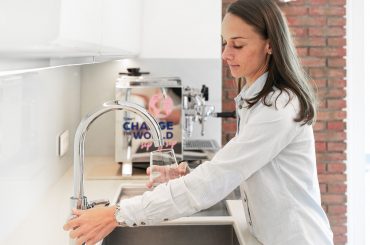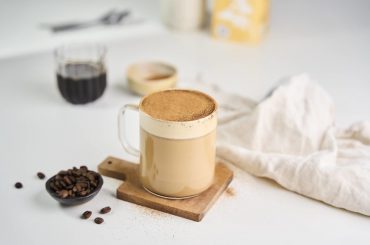An espresso cup is over 90% water, whereas a pour-over – over 98%. It is therefore worthwhile to understand how important water is for bringing out the optimal flavour of coffee, keeping your machine in good condition and reducing the risk of a breakdown. In this article, we explain water properties and the influence of water on coffee extraction. In the next part, we will focus on water filtration methods used in business.
All around the world, water has more components than just hydrogen and oxygen. The proverbial H2O is just a base for a long list of minerals dissolved in it. Each of them has a different impact on coffee flavour and the condition of appliances it goes through. To understand coffee, you need to understand water first.
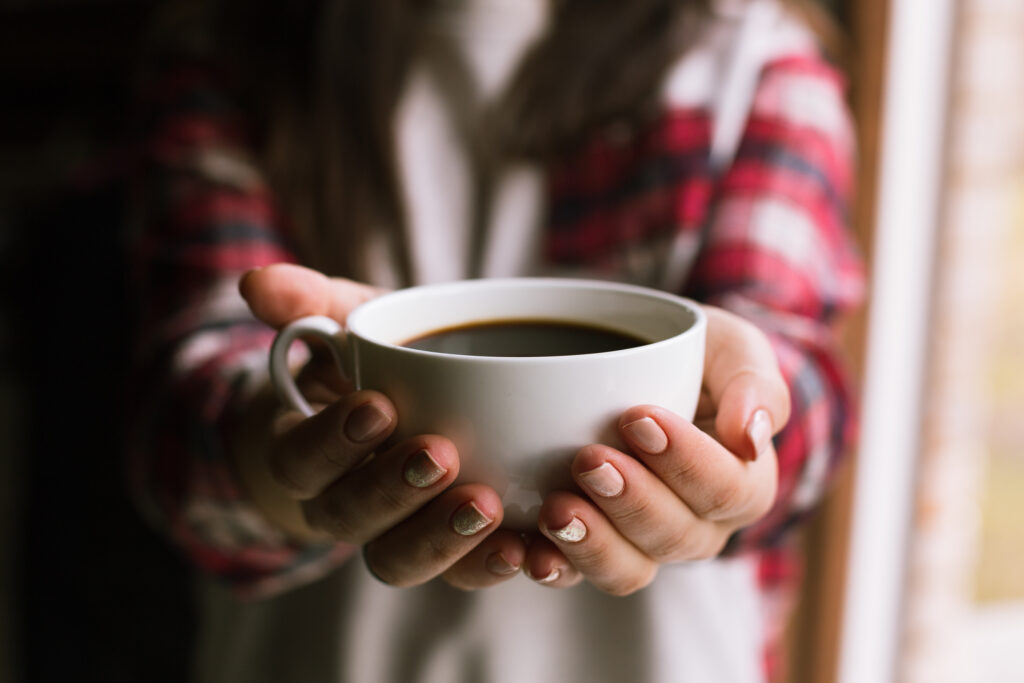
The influence of water on working with coffee should be considered along two lines:
- equipment – water should be neutral to your equipment, but it can also cause corrosion or limescale.

- extraction – water can increase or decrease the ability of coffee to extract. It has influence on, e.g. acidity, sweetness, body. E.g., the acidity of the same coffee can be lower or higher depending on water composition.
In the equipment- water – coffee triangle, we will look for the right ratios to bring out the full flavour of coffee and keep the equipment in good condition. In the next parts of the article, we will explain basic concepts, we will show you how to test water at your coffee shop, then we will advise you what filtration system is appropriate for a particular coffee shop.
Glossary
When looking in-depth at issues related to water, it is vital to introduce a few basic concepts which will allow us to navigate smoothly through the topic. We won’t rise to the height of scientific discourse here, but we will talk about some of these concepts in a much simplified way.
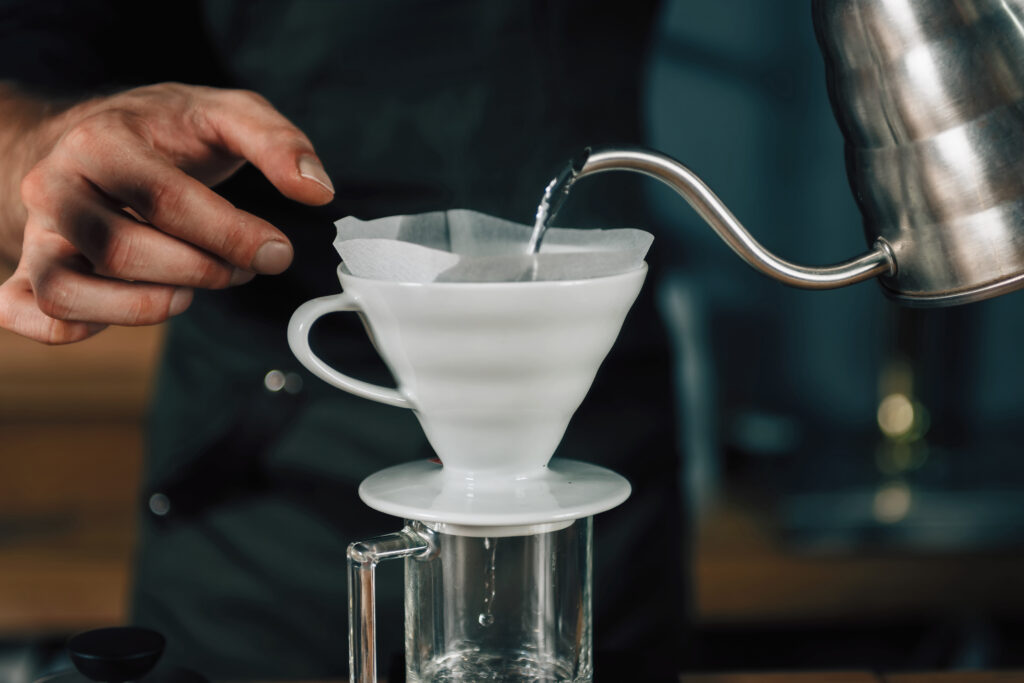
1. Limescale
Also known as ‘calcium build up’, it is formed during a chemical reaction and precipitates out of water, building up on the surfaces of appliances through which it flows: kettles, electric boilers or water heaters, as well as tap nozzles or hot water dispensers. It reduces the water flow and energy efficiency of the devices. 1 mm of limescale can increase energy consumption by up to 10%, whereas 1.5 mm of residue increases power consumption by as much as 20% . Limescale precipitates out of water, if it has high general and carbonate hardness. Limescale damages your equipment, increasing its operation and maintenance cost.
2. Hardness
For talking about water quality, we usually use a very general term: ‘hardness’. But what is meant by ‘soft’ or ‘hard’ water?
For our needs, the term is comprised of 2 parts:
- GH – general/total hardness – total content of calcium (Ca2+) and magnesium (Mg2+) cations in water. These ions can build limescale (mostly calcium) but they can also be a great flavour carrier (magnesium).
- KH – carbonate hardness/buffer – equals the number of bicarbonate anions (HCO3–). These compounds are responsible for 2 things:
- Limescale formation (after interacting with calcium cations)
- Buffer or water ‘resistance’ to changes in pH as a result of coffee extraction. Too high buffer values lower coffee acidity and sweetness; too small result in an unpleasant, sharp acidity.
There exists also a notion of non-carbonate hardness, but in order not to complicate matters even more, we won’t focus on it right now. For those craving even more knowledge, an example below:
3. Units
For every hardness type, there is a different scale. Hardness can be expressed in French or German degrees, molar concentrations and so on. To make your life easier, it is recommendable to convert all readings to the same simple scale called ppm or parts per million. In most research papers, this unit is expressed as ppm CaCO3, but for the sake of clearer communication we will be using the shortened form. This way water parameters will be easier to read and understand.
| Scale used for hardness testing | ppm |
| German degrees 1 od/kH = | 17.8 |
| French degrees 1 ofH = | 10 |
| Clark degrees 1 oe = | 14.3 |
| Millimol per litre 1 mmol/l = | 100 |
Taking into account these explanations, we can assume that the term ‘hard water’ means high content of minerals such as magnesium and calcium, and buffer. But how do you know whether it is high or low? The following table can be helpful. However, you need to remember that apart from mineral content, water hardness is also influenced by pH and temperature. Only after considering all these factors, you can determine the potential for calcium build-up in the appliances.

General hardness classification expressed in different units
| Classification | ppm | German degrees od/kH | French degrees ofH |
| soft | 0 – 60 | 3.5 | 0 – 6 |
| moderately hard | 61 – 120 | 3.5 – 7 | 6 – 12 |
| hard | 121 – 180 | 7 – 10 | 12 – 18 |
| very hard | > 181 | > 10 | > 18 |
4. Conductivity
The most general parameter is conductivity or, in other words, TDS Total Dissolved Solids. It is the sum of all solid substances dissolved in water, so (mainly) those which make it hard too. Distilled water will have none of them, and its TDS will equal 0 ppm.
| 400 – 700 ppm | mineral water |
| 200 – 400 ppm | average tap water |
| 170 ppm ppm | hard water |
| 50 – 150 ppm | Moderate hardness/optimal range for coffee/spring water |
| 0 ppm | distilled water/non-potable water |
To measure total water conductivity, you use a conductivity meter. It can be bought for under 100 zł and it is a good instrument for measuring the total conductivity of our water. And yet, the result doesn’t tell us WHAT makes up a given value, which is why you need to make some more detailed measurements.
5. pH
This measurement tells us how ‘acidic (pH<7) or alkaline (pH>7)’ water is. PH value is vital for assessing the risk of mineral precipitation and limescale formation in high temperature, as well as corrosion. You can test pH with a litmus paper or a more precise electronic meter.
6. Minerals
For proper brewing, coffee needs mineral particles dissolved in water (ions). Some of them have special characteristics you should focus on.
Calcium (Ca2+) – it helps to bring out coffee’s full flavour of; however, combined with HCO3– buffer particles, it is responsible for limescale formation. So we should rather avoid it than look for it.
Magnesium (Mg2+) – our best friend. You can say that it’s a good flavour carrier and in moderation its presence is desirable. On the other hand, too high quantities can result in equipment corrosion.
Sodium (Na+) – it works the opposite way to magnesium – it impairs coffee extraction and makes it a lot more difficult to brew coffee. In small amounts (<30ppm), it is harmless, but if you are using a water softener (see the last chapter), this can cause problems with brewing coffee properly.
Hydrogen carbonates (HCO3–) – the buffer we mentioned earlier. Its task is to stabilise water pH, making it neutral = 7. Coffee has an acidic pH, its value goes down to around 5. So the more buffer there is, the more difficult it is for coffee to ‘get through’; as a result, its acidity will be lower, and consequently it can taste dull, chalky and lack its fruity and juicy character. With too little buffer, coffee will become aggressive in flavour, the acidity will be dominant, even vinegary. Buffer is a very important component of water also because combined with Ca2+ ions it forms limescale.
Get to know your water
In most taps in Poland, water is hard, and consequently (although this is not the same thing) it has high conductivity. This can quickly cause you to damage your equipment, and at the same time make it more difficult or even impossible to brew coffee right. So before you first switch on your espresso machine or water heater, you should choose a water filtration system depending on its characteristics in a given city, or even district. It is therefore necessary to get to know water parameters at your premises. How to do this?
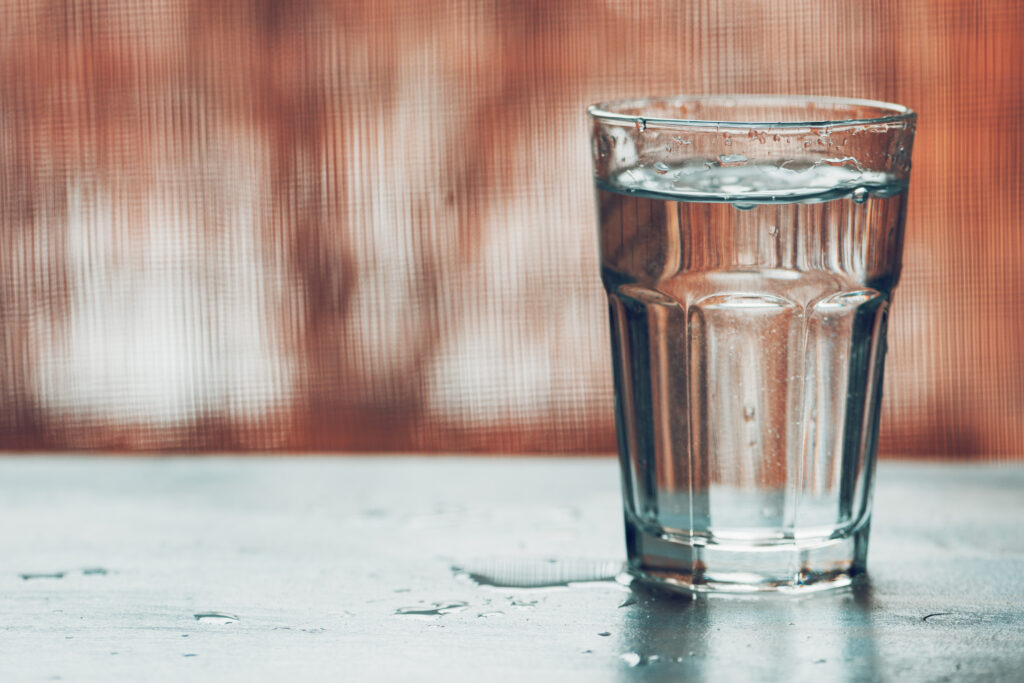
1. Conductivity meter
As mentioned earlier, a conductivity meter is not enough to determine the composition of water. On the other hand, it can help you when TDS of tap water falls under 50 ppm. You know then that water has too few minerals to be considered hard, but you are still in the dark about what these 50 ppm are made up of – if it is only buffer, coffee won’t taste too good, its acidity will be low and flavour dull, because coffee won’t be able to ‘get through’. However, if TDS = 2000 ppm, you should acquire a reverse osmosis water filtration system right at the start (more about it in the second part of the article). Let’s keep in mind that a conductivity meter reading itself is little worth, since it doesn’t tell you how many calcium or magnesium ions are in water, not to mention buffer or heavy metals’ values. It is solely an auxiliary tool and you shouldn’t base your measurements on it alone.
2. Test strips
In by far most cases, this test will be vital for determining the parameters of water at your coffee shop. It should consist of two elements:
- GH test (general hardness test)
- KH test (carbonate hardness/buffer test)
The instruction comes with the packaging, measuring is simple and doesn’t require specialist knowledge. After reading out the results, it is worthwhile doing the test at least two more times to make sure that they are correct. Next, it is necessary to convert the results into ppm in order to get accurate information about water composition at your premises.
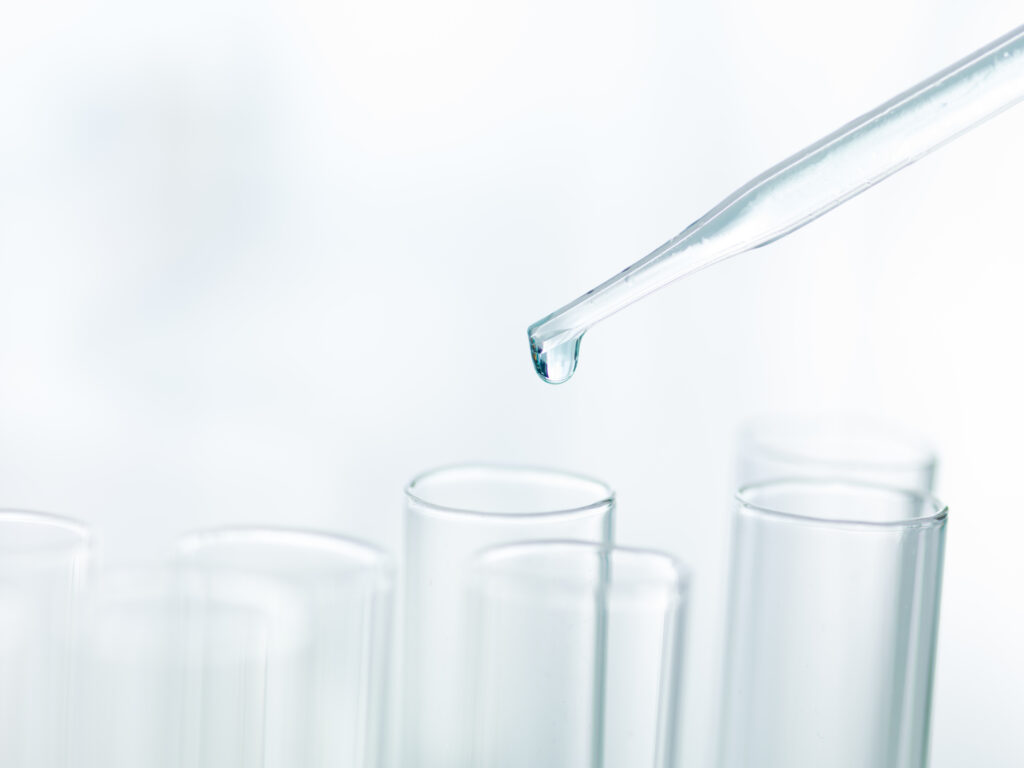
A sample test result can look like this (pH=7):
#1
| Parameter | ppm | Explanation |
| TDS | 260 | High mineral content, most likely high hardness |
| GH | 100 | High hardness, can form limescale |
| KH | 140 | A very high buffer value – coffee dull in flavour, with low acidity, where an optimal extraction is impossible and there is a high risk of limescale formation – much residue forms inside your kettle/boiler in a short time. |
In this example, we have a lot of buffer as well as many minerals which will form limescale. In this configuration, not only your coffee will taste bad, but also a boiler or kettle will be quickly covered in limescale.
Another test result:
#2
| Parameter | ppm | Explanation |
| TDS | 180 | Medium mineral content |
| GH | 50 | Low hardness |
| KH | 80 | A high buffer value – lower acidity and brew complexity medium risk of limescale formation – no limescale in a coffee boiler, potential limescale formation in a steam boiler |
Looking solely at the TDS reading, you can assume that water has relatively good properties, since this parameter’s value is close to widely recommended norms. However, only after having performed the GH and KH tests, we get the full picture: the buffer value is still high and it will negatively impact the coffee flavour; at the same time, there is still a risk (although smaller than at #1) of limescale formation. In addition, we have 50 ppm of other components in water we know nothing about. It can be sodium, chlorine, iron, sulphur, etc. – you should perform a laboratory test to find out.
#3
| Parameter | ppm | Explanation |
| TDS | 65 | Low mineral content, definitely low hardness |
| GH | 50 | Low hardness – risk of corrosion |
| KH | 10 | A low buffer value – excessive acidity, easy and optimal coffee extraction no risk of limescale formation |
In this example, we deal with a much lower KH value, so there is no risk of limescale formation. Coffee will brew without any difficulties, but it will have a too pronounced, unpleasant acidity. At the same time, high calcium and magnesium content combined with a low KH can cause the corrosion of metal the boiler or kettle is made of.
Standards
What does the ‘ideal’ water for brewing coffee look like? There is no simple answer to this question, because there are too many factors playing a role in coffee extraction. And yet, there are certain brew zones you should stay at in order to achieve an optimal coffee flavour and not have to worry about the condition of your equipment.
Speciality Coffee Association recommends the following brew zone:
Recommended and acceptable brew zones according to the authors of the book ‘Water for Coffee’ compared with the SCAA standard:
Looking at the graph above, you can conclude that water parameters should have the following values:
- GH: 50–110 ppm
- KH 40–70 ppm
- pH: 6.5–7.5
- TDS: 100–170 ppm
Of course, this data is not strictly binding, and in a specific situation, water with high TDS can be perfectly suitable for a given coffee. However, in most situations, the parameters within these zones should be optimal.
To sum up, to brew a tasty cup of coffee and have well-maintained equipment, you need water with specific parameters. Water from the line is unlikely to comply with them, which is why it is necessary to make measurements.
GH | KH | pH | TDS
Once you know what parameters your water has – and how they differ from optimal ones – it is time to choose a water filtration method. To do this effectively and not to overpay, you need to get to know different filtration types. We will soon publish the second part of this article on our blog where we will talk about choosing the right type of filtration depending on the properties of your water.


